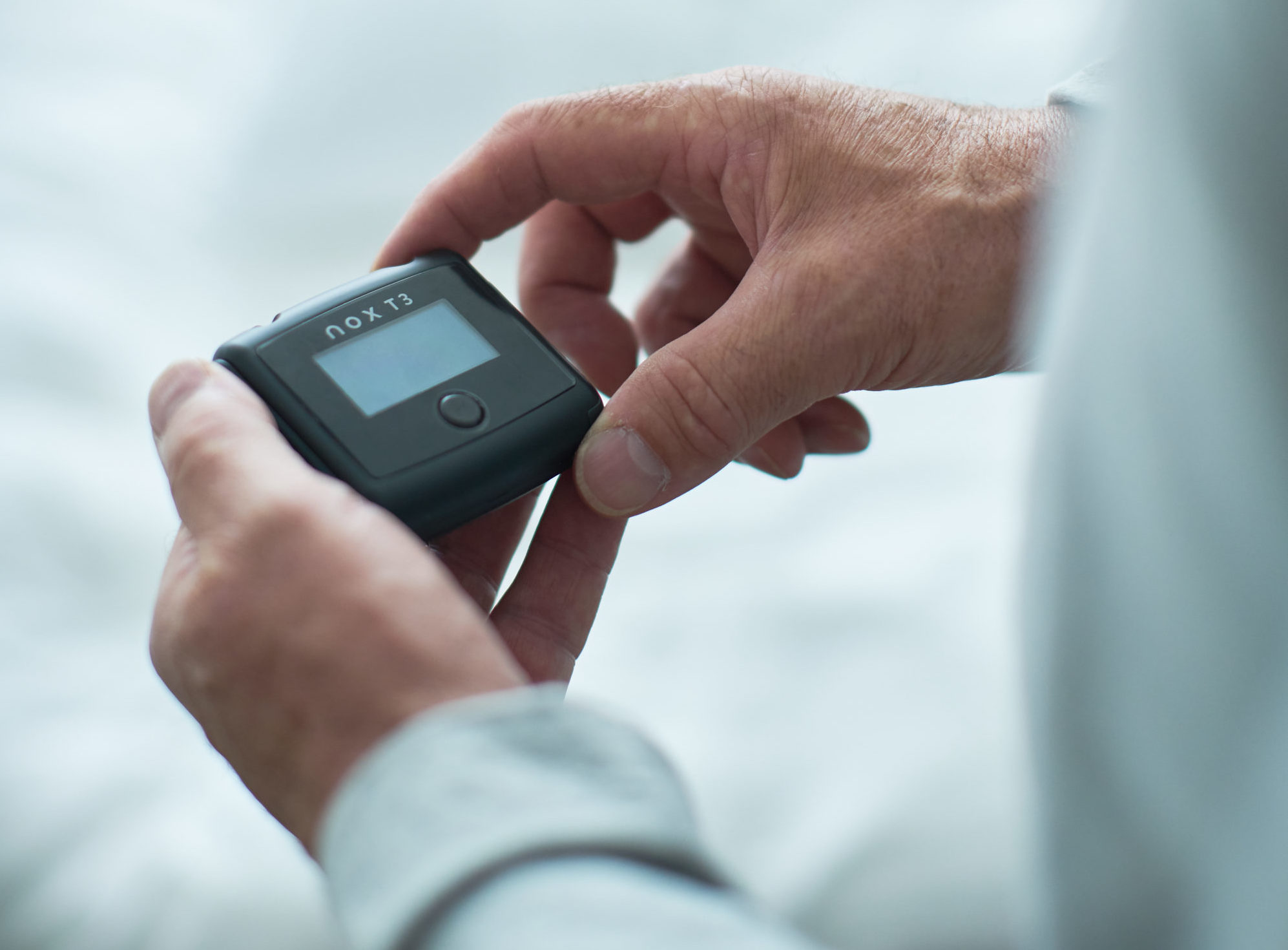A high percentage of veterans in the United States struggle with sleep disorders and their numbers are only growing – but it can be tricky for all those who need sleep care to get it – particularly those who live in rural areas.
To address the surging demand for sleep services among veterans and to improve access to sleep care for those in rural locations, Veterans Health Administration’s Office of Rural Health launched a national telehealth program focused on getting sleep diagnostic tests and treatments into the hands of patients whose sleep apnea might otherwise go undetected, according to a recent paper published in the Journal of Clinical Sleep Medicine.
“Sleep disorders are highly prevalent among veterans, but rural veterans face a geographic disparity in access to sleep care,” wrote Victor Chun, MD, a pulmonologist in Los Angeles at University of California, and his collaborators in the recent paper.
“Rural veterans comprise a large segment of veterans who receive sleep specialty care through the VA. However, access to sleep care is disproportionately limited for rural veterans.”
To tackle the issue head on, the VA created the TeleSleep Enterprise-Wide Initiative (EWI), a national telehealth program to improve access to sleep care for rural veterans by partnering well-resourced medical facilities with rural sites that have a shortage of sleep specialists.
Using a “hub and spoke” model, the larger medical facilities with established sleep centers helped the smaller, rural locations.
Over the course of an approximately four-year period during the telehealth program, the number of veterans diagnosed with obstructive sleep apnea spiked by 33%, according to the Journal of Clinical Sleep Medicine paper.
“The TeleSleep EWI successfully increased sleep care access for rural veterans,” the paper’s authors wrote.
A Pivot to Home Sleep Apnea Testing With the Nox T3
As part of the telehealth program, the VA ramped up access to home sleep apnea testing for veterans, deploying the Nox T3 home sleep apnea test, which clinical studies have shown has a low failure rate.
To launch the new program, the VA invested in more than 2,000 Nox T3 devices that were sent to 81 VA Medical Centers.
Prior to the telehealth program coming into play, in-lab polysomnography (PSG) was the standard of care within VA medical facilities for the diagnosis of obstructive sleep apnea. While in-lab PSG is still required for certain patients, the VA pivoted to home sleep tests. Their goal was to increase access to sleep testing, reduce wait times, cut travel time to sleep labs, and to improve the overall experience of receiving care for patients.
As part of the telehealth program, the patients could also use a virtual care application that enables them to engage with clinicians remotely.
Once diagnosed, the veterans have the opportunity to actively participate in their care by seeing trends in their positive airway pressure usage and changes in their sleep questionnaire data over time.
Overall, the veterans involved in the program expressed high satisfaction with their virtual care experiences and the program demonstrates the value in investing in home sleep apnea tests to meet the needs of rural populations.
Between 2017 and 2020, facilities involved in the telehealth program saw a jump in the number of veterans undergoing sleep care, going from 33,725 to 98,868. Meanwhile, during the same period, the amount of sleep care visits and tests more than doubled.
“The TeleSleep EWI resulted in a significant increase in rural veterans accessing sleep care by utilizing home sleep apnea testing to establish a diagnosis of obstructive sleep apnea and virtual care for follow up,” wrote the authors of the recently published paper.
References:
Chun VS, Whooley MA, Williams K, et al. Veterans Health Administration TeleSleep Enterprise-Wide Initiative 2017-2020: bringing sleep care to our nation’s veterans [published online ahead of print, 2023 Jan 28]. J Clin Sleep Med. 2023;10.5664/jcsm.10488.
Folmer RL, Smith CJ, Boudreau EA, et al. Prevalence and management of sleep disorders in the Veterans Health Administration. Sleep Med Rev. 2020;54:101358.
Xu L, Han F, Keenan BT, et al. Validation of the Nox-T3 Portable Monitor for Diagnosis of Obstructive Sleep Apnea in Chinese Adults. J Clin Sleep Med. 2017;13(5):675-683.
Cairns A, Wickwire E, Schaefer E, Nyanjom D. A pilot validation study for the NOX T3(TM) portable monitor for the detection of OSA. Sleep Breath. 2014;18(3):609-614.
Topic: Industry News





